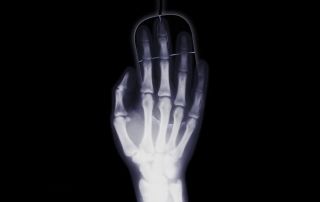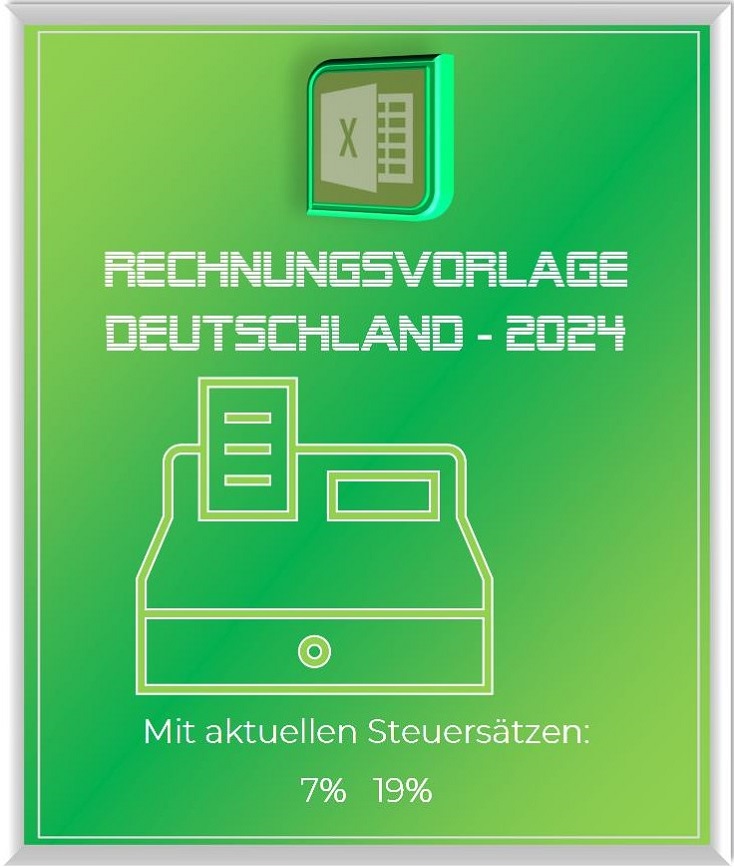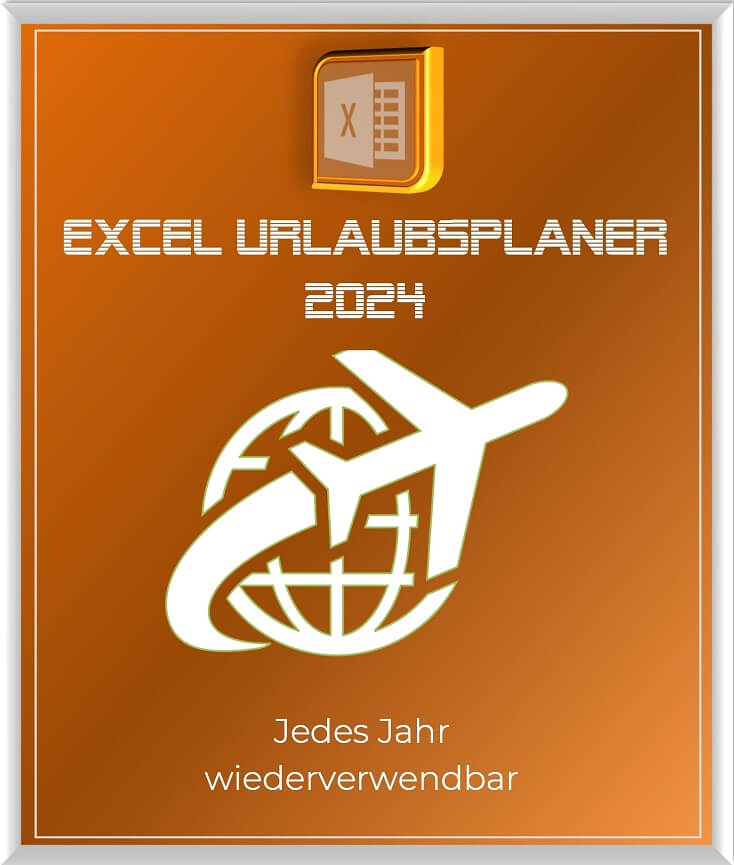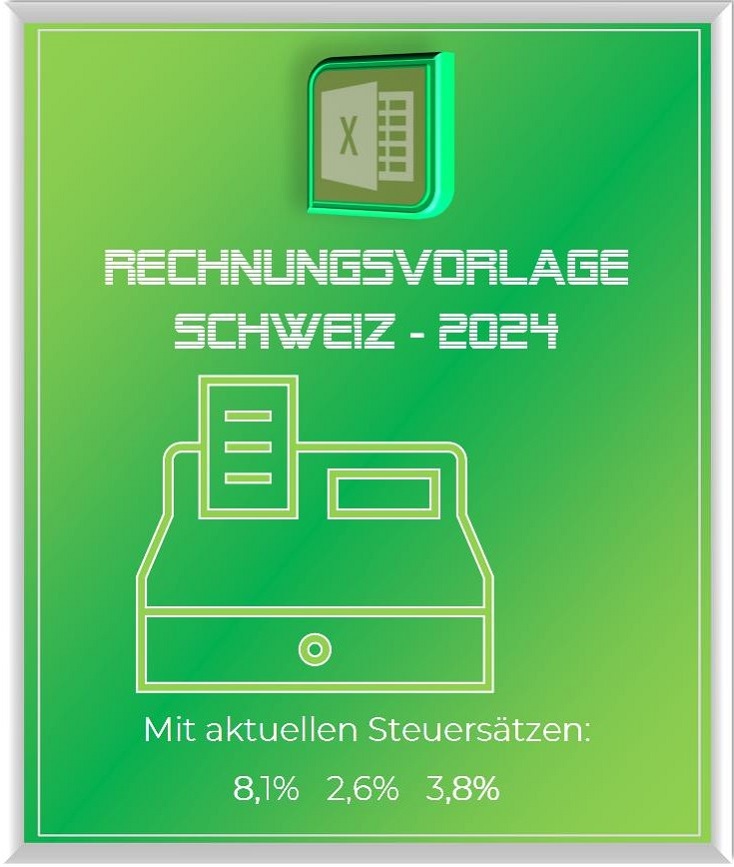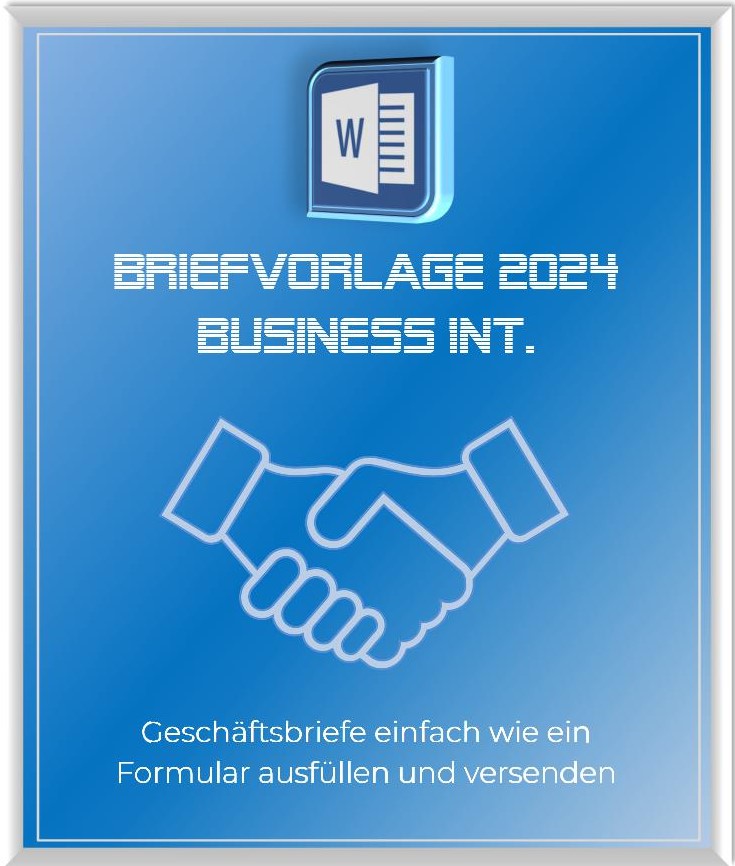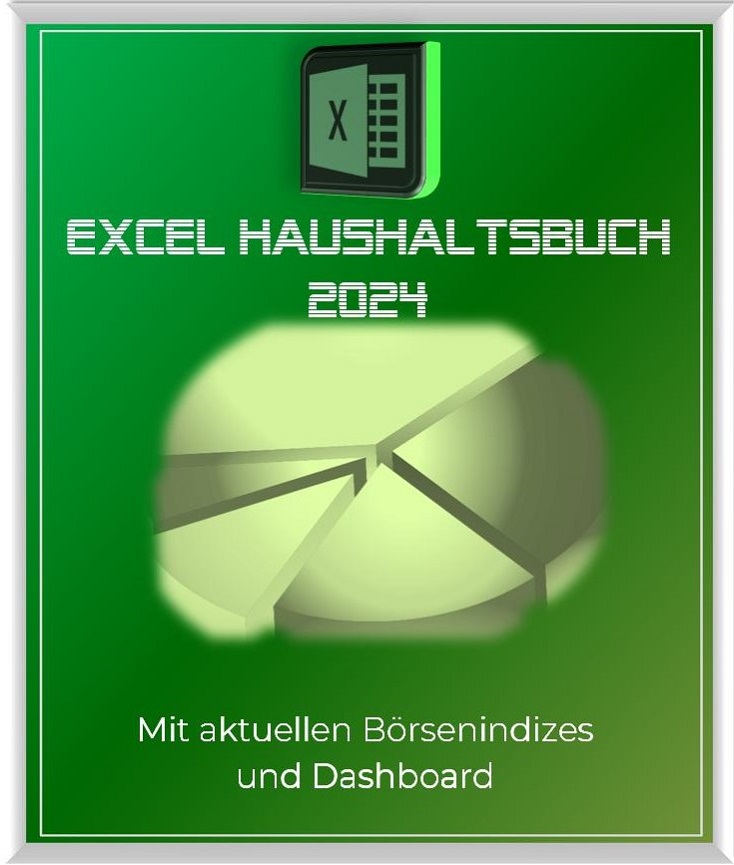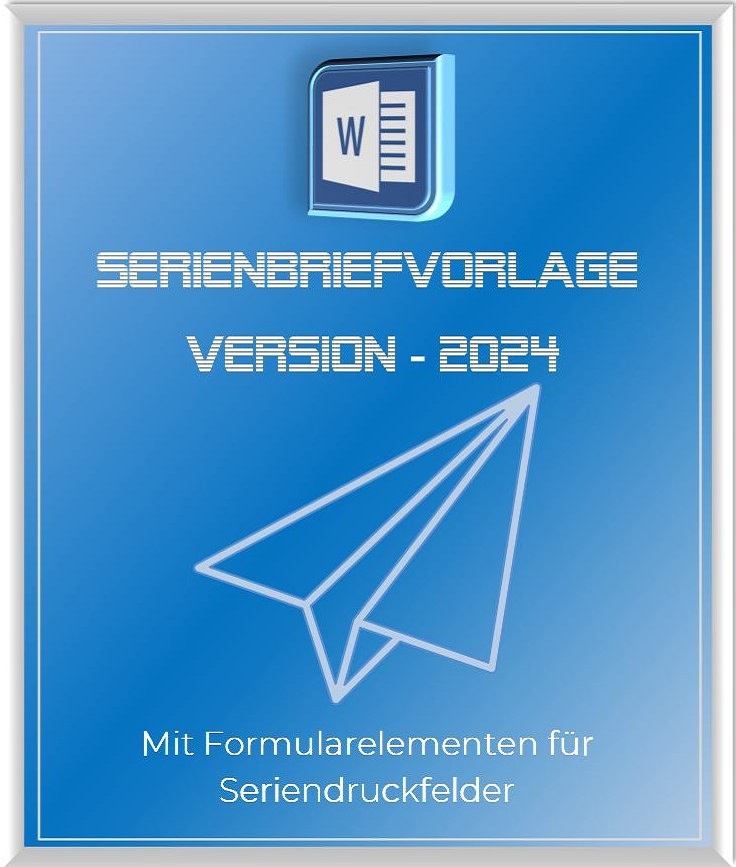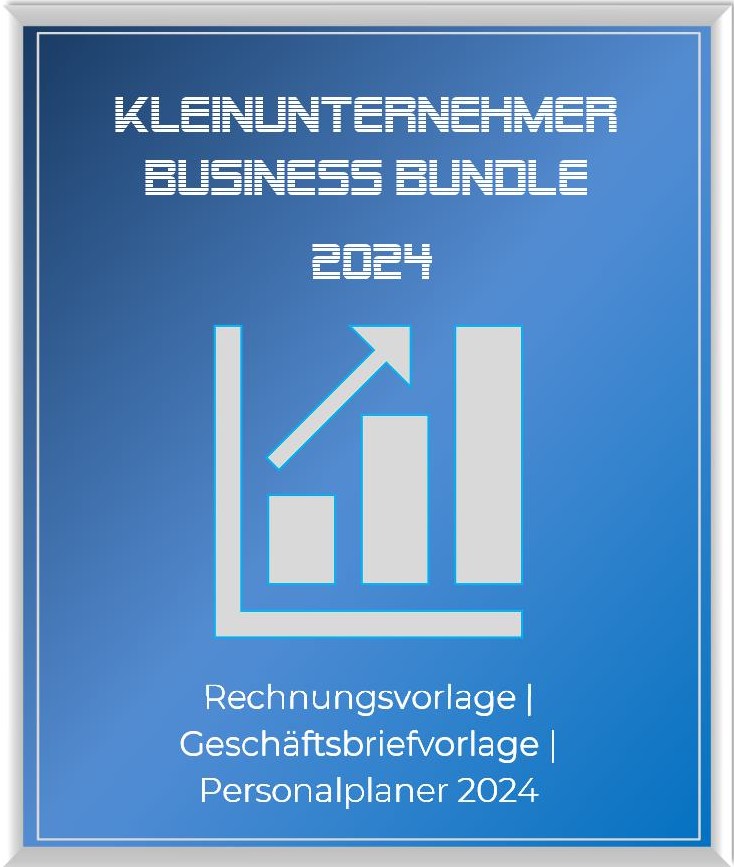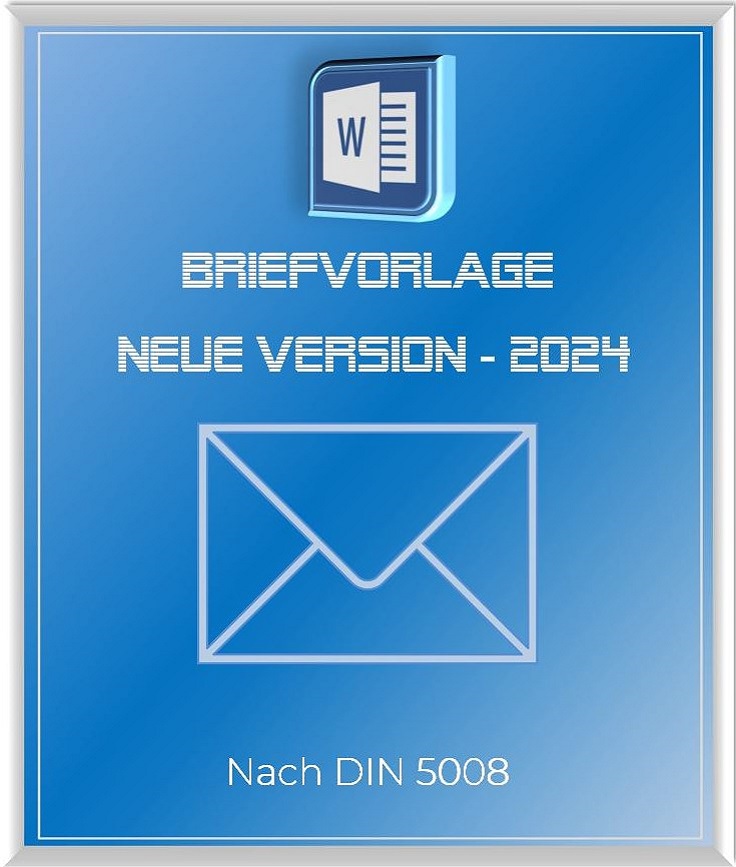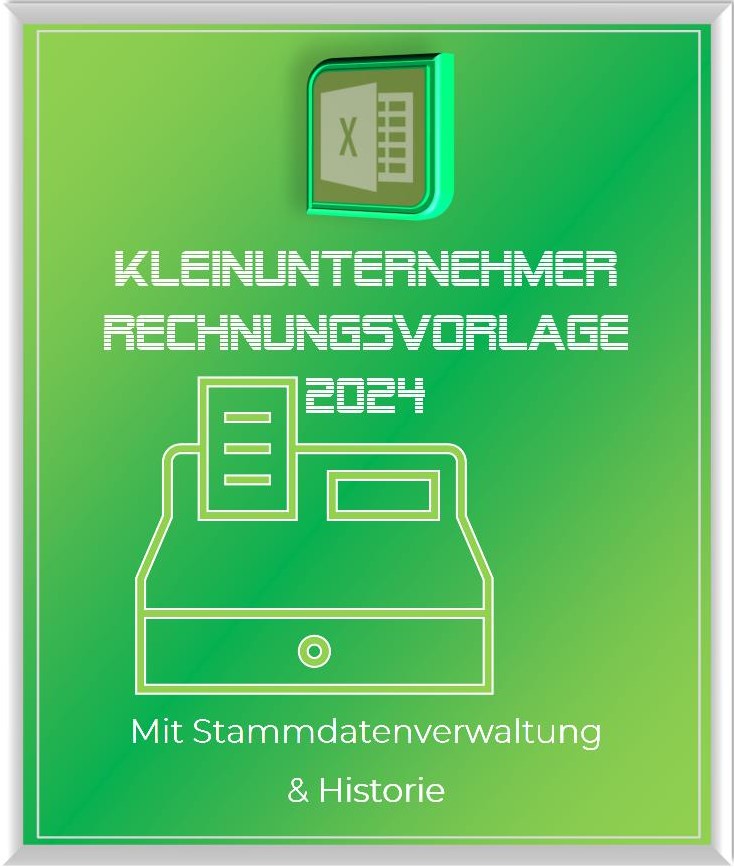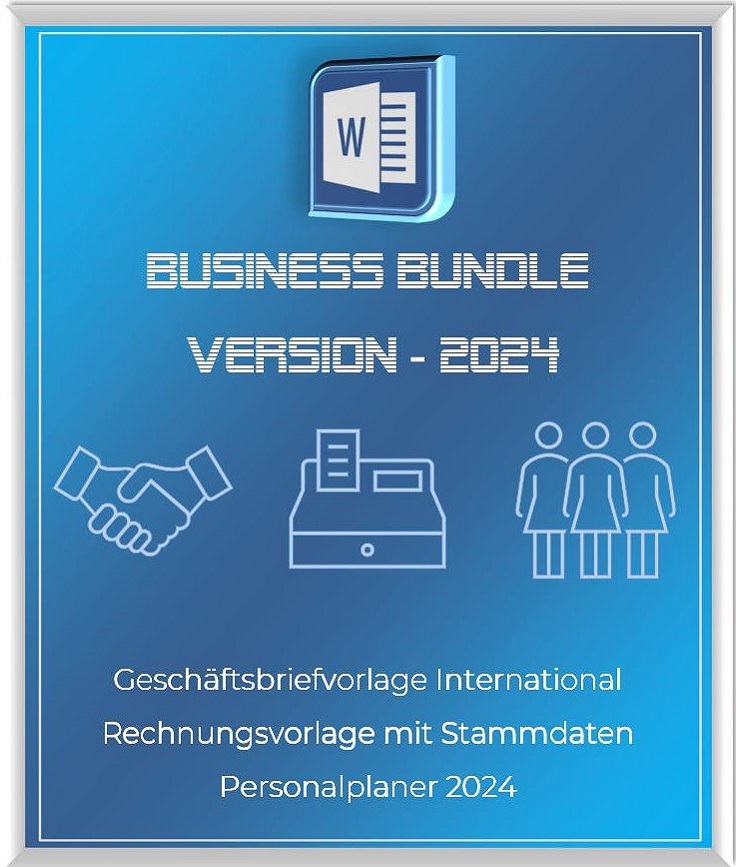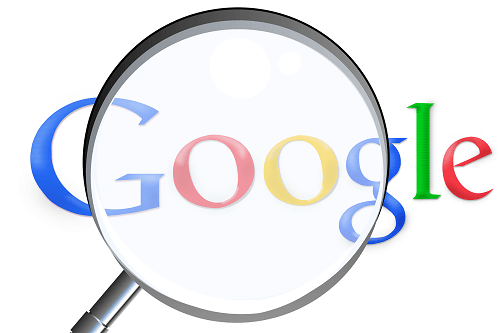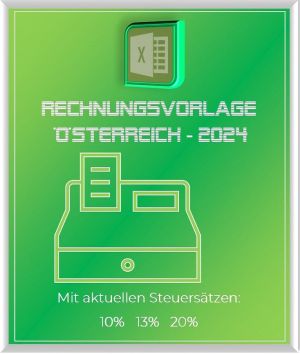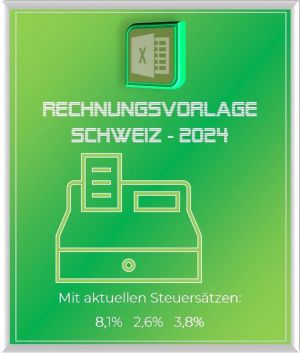Digital Euro – Digital ID and wallet obligation are coming
Together with the European Union, Spain is working on the introduction of the digital euro, digital identification and the mandatory use of digital wallets. Germany, Spain, France, Italy and the Netherlands in particular are committed to this. The EU Commission plans to introduce a regulation for the introduction of the digital euro in 2023, which is intended to supplement cash in the EU and thus also in Spain. The digital euro is expected to bring numerous benefits, but there are also critical voices. There is also the question of whether it will be linked to other digital services such as digital identification.

Digital Euro – Digital ID and wallet obligation are coming
Together with the European Union, Spain is working on the introduction of the digital euro, digital identification and the mandatory use of digital wallets. Germany, Spain, France, Italy and the Netherlands in particular are committed to this. The EU Commission plans to introduce a regulation for the introduction of the digital euro in 2023, which is intended to supplement cash in the EU and thus also in Spain. The digital euro is expected to bring numerous benefits, but there are also critical voices. There is also the question of whether it will be linked to other digital services such as digital identification.

What is the digital Euro?
What is the digital Euro?
The European Central Bank (ECB) is currently working on the introduction of the digital euro as an electronic means of payment, which should be made available to all residents of the euro area, including Spain. This is part of a global trend with central banks working on their own digital currencies, dubbed Central Bank Digital Currency (CBDC). To track the progress of this effort, visit https://cbdctracker.org.
The ECB has been working on the development of the digital euro since October 2021 and is testing its practical applicability together with the national central banks of the euro area. In a press release dated September 16, 2022, the ECB announced that it is working with five external companies to test the technological feasibility of the digital euro for this purpose.
This includes:
- The Spanish Caixa Bank
- The French payment platform Wordline
- The European Payments Initiative (EPI) as an association of 31 banks
- The Italian bank Nexi
- Mail order company Amazon
CBDC (digital central bank money) as well as the digital euro can be divided into retail and wholesale CBDC. Wholesale CBDC are limited to financial institutions and commercial banks, and serve the interbank market. The Banco de España (BDE), the central bank of Spain, has announced that it will conduct initial experiments with its own wholesale CBDC. To this end, she has obtained offers of cooperation from local financial and technology companies and set the application period until January 31, 2023.
Retail CBDCs, on the other hand, are open to the general public. The digital euro, for example, can be transferred directly between parties (peer-to-peer) and is therefore very similar to cash. Alternatively, it can also be made accessible via accounts with the central bank (account-based CBDC), similar to a bank deposit.
The European Central Bank (ECB) is currently working on the introduction of the digital euro as an electronic means of payment, which should be made available to all residents of the euro area, including Spain. This is part of a global trend with central banks working on their own digital currencies, dubbed Central Bank Digital Currency (CBDC). To track the progress of this effort, visit https://cbdctracker.org.
The ECB has been working on the development of the digital euro since October 2021 and is testing its practical applicability together with the national central banks of the euro area. In a press release dated September 16, 2022, the ECB announced that it is working with five external companies to test the technological feasibility of the digital euro for this purpose.
This includes:
- The Spanish Caixa Bank
- The French payment platform Wordline
- The European Payments Initiative (EPI) as an association of 31 banks
- The Italian bank Nexi
- Mail order company Amazon
CBDC (digital central bank money) as well as the digital euro can be divided into retail and wholesale CBDC. Wholesale CBDC are limited to financial institutions and commercial banks, and serve the interbank market. The Banco de España (BDE), the central bank of Spain, has announced that it will conduct initial experiments with its own wholesale CBDC. To this end, she has obtained offers of cooperation from local financial and technology companies and set the application period until January 31, 2023.
Retail CBDCs, on the other hand, are open to the general public. The digital euro, for example, can be transferred directly between parties (peer-to-peer) and is therefore very similar to cash. Alternatively, it can also be made accessible via accounts with the central bank (account-based CBDC), similar to a bank deposit.
What is the purpose of the digital Euro?
What is the purpose of the digital Euro?
Although citizens in the EU already have various cashless payment options, such as credit cards, smartphones, smartwatches, PayPal or the payment app Bizum in Spain, the EU is still planning to introduce the digital euro. According to the ECB’s website, the digital euro should be usable throughout the euro area and be “as secure and user-friendly as cash is today“. Unlike commercial banks, which can fail, the citizen would be entitled to the central bank as a safe intermediary. However, amounts of up to EUR 100,000 per customer and bank are already protected by the statutory deposit insurance. This means that the central bank would only be a safer place for their money for customers with assets of more than EUR 100,000.
In order not to destabilize the banking system, Fabio Panetta, a member of the ECB Executive Board, proposes an upper limit for the digital central bank euro in an interview with the Financial Times. One possibility would be that each citizen can hold a maximum of 3,000 euros in CBDC money, any money in excess of this would have to be transferred to a bank account. Another possibility would be that you can hold as much CBDC money as you want, but above a certain threshold you become financially disadvantaged. Credits of more than 3,000 euros could then be made unattractive by penalty interest. The reasons for the introduction of the digital euro are also stated on the ECB website.
The ECB gives the following reasons for the introduction of the digital Euro:
- The digitization of the European economy is to be advanced and the strategic independence of the EU is to be promoted.
- Cash could lose massively in importance as a means of payment.
- It is a new channel for transmitting monetary policy stimulus.
- The international role of the euro will be strengthened.
- Money and payment systems become cheaper and their ecological footprint is reduced.
Digital Euro and Industry 4.0
The term “Industry 4.0” is often mentioned in connection with digitization, especially in Spain. It is about the complete digitization of industry with the aim of connecting the real world with the virtual one. Intelligent devices and machines will be able to communicate with each other autonomously, which is referred to as “machine-to-machine communication” (M2M). Some examples of this technology are cars that automatically pay after filling up and refrigerators that can reorder goods when stocks are low. In addition, standing orders, interest and leasing payments could be processed automatically. The digital euro could also be used for payments between the state and individuals, such as paying social benefits or paying taxes, as proposed by the ECB.
In the context of Industry 4.0, the digital euro can be used as a means of payment, as Bundesbank board member Burkhard Balz emphasized in Wirtschaftswoche. He envisions that the digital euro could be designed to support programmable payments in a highly automated environment. However, this possibility will probably not be available immediately when the digital euro is introduced.
Although citizens in the EU already have various cashless payment options, such as credit cards, smartphones, smartwatches, PayPal or the payment app Bizum in Spain, the EU is still planning to introduce the digital euro. According to the ECB’s website, the digital euro should be usable throughout the euro area and be “as secure and user-friendly as cash is today“. Unlike commercial banks, which can fail, the citizen would be entitled to the central bank as a safe intermediary. However, amounts of up to EUR 100,000 per customer and bank are already protected by the statutory deposit insurance. This means that the central bank would only be a safer place for their money for customers with assets of more than EUR 100,000.
In order not to destabilize the banking system, Fabio Panetta, a member of the ECB Executive Board, proposes an upper limit for the digital central bank euro in an interview with the Financial Times. One possibility would be that each citizen can hold a maximum of 3,000 euros in CBDC money, any money in excess of this would have to be transferred to a bank account. Another possibility would be that you can hold as much CBDC money as you want, but above a certain threshold you become financially disadvantaged. Credits of more than 3,000 euros could then be made unattractive by penalty interest. The reasons for the introduction of the digital euro are also stated on the ECB website.
The ECB gives the following reasons for the introduction of the digital Euro:
- The digitization of the European economy is to be advanced and the strategic independence of the EU is to be promoted.
- Cash could lose massively in importance as a means of payment.
- It is a new channel for transmitting monetary policy stimulus.
- The international role of the euro will be strengthened.
- Money and payment systems become cheaper and their ecological footprint is reduced.
Digital Euro and Industry 4.0
The term “Industry 4.0” is often mentioned in connection with digitization, especially in Spain. It is about the complete digitization of industry with the aim of connecting the real world with the virtual one. Intelligent devices and machines will be able to communicate with each other autonomously, which is referred to as “machine-to-machine communication” (M2M). Some examples of this technology are cars that automatically pay after filling up and refrigerators that can reorder goods when stocks are low. In addition, standing orders, interest and leasing payments could be processed automatically. The digital euro could also be used for payments between the state and individuals, such as paying social benefits or paying taxes, as proposed by the ECB.
In the context of Industry 4.0, the digital euro can be used as a means of payment, as Bundesbank board member Burkhard Balz emphasized in Wirtschaftswoche. He envisions that the digital euro could be designed to support programmable payments in a highly automated environment. However, this possibility will probably not be available immediately when the digital euro is introduced.
Criticism of the digital Euro
Criticism of the digital Euro
There are both supporters and critics of CBDCs, such as British financial author Dominic Frisby. In an article for the investment magazine “Money Week” in April 2021, Frisby wrote: “Programmable money – CBDCs – means that you, the user, have even less control over your money.” Pretty much anything can be encoded into a CBDC. For example, China is considering expiry dates in their CBDCs. “You have to spend the money by a certain date or it expires.” Whistleblower and IT security expert Edward Snowden put it even more bluntly. On his blog he wrote that CBDCs are not an innovation, but “crypto-fascist currencies” that are used to do so served to deny their users “basic ownership of their money and use the state as the intermediary of every transaction”.
Unlike cash, CBDCs will not be completely anonymous. Agustín Carstens, general manager of the Bank for International Settlements (BIS), explained during an IMF panel discussion on cross-border payments in 2020 that when it comes to CBDCs, the central bank has absolute control over the rules and regulations. Christine Lagarde, head of the ECB, made a similar statement at the Digital Euro Conference in Brussels in November 2022, stressing that “full anonymity, such as that offered by cash, is not a viable option“.
There are both supporters and critics of CBDCs, such as British financial author Dominic Frisby. In an article for the investment magazine “Money Week” in April 2021, Frisby wrote: “Programmable money – CBDCs – means that you, the user, have even less control over your money.” Pretty much anything can be encoded into a CBDC. For example, China is considering expiry dates in their CBDCs. “You have to spend the money by a certain date or it expires.” Whistleblower and IT security expert Edward Snowden put it even more bluntly. On his blog he wrote that CBDCs are not an innovation, but “crypto-fascist currencies” that are used to do so served to deny their users “basic ownership of their money and use the state as the intermediary of every transaction”.
Unlike cash, CBDCs will not be completely anonymous. Agustín Carstens, general manager of the Bank for International Settlements (BIS), explained during an IMF panel discussion on cross-border payments in 2020 that when it comes to CBDCs, the central bank has absolute control over the rules and regulations. Christine Lagarde, head of the ECB, made a similar statement at the Digital Euro Conference in Brussels in November 2022, stressing that “full anonymity, such as that offered by cash, is not a viable option“.
Der digitale Euro und die digitale Brieftasche
Der digitale Euro und die digitale Brieftasche
Cecilia Skingsley, head of the Innovation Hub at the Bank for International Settlements (BIS), believes that the introduction of a CBDC is not a “one size fits all” solution and should be implemented in conjunction with identification measures. A possible component could be a digital wallet. The European Union (EU) is currently working on various identity projects, including the Nobid consortium, which deals with “EU digital wallet payments”.
Furthermore, in December the European Commission selected the potential consortium www.digital-identity-wallet.eu to test new prototypes for the upcoming EU Digital Identity Wallet (EUDIW) in six use cases:
- Electronic Government Services
- account opening
- SIM registration
- Mobile driver’s license
- digital signature
- Electronic Prescription
The EUDI Wallet Consortium (EWC) is conducting pilot projects to test the EU Digital Identity Wallet (EUDI) ecosystem. According to the eIDAS 2.0 regulation, from January 1, 2023, all EU member states must provide their citizens with a certified digital wallet (European Digital Identity Wallet) within a maximum of twelve months, including Spain from 2024. The wallet must be specified by the EU Meet standards, however, there will not be a single European wallet, each country can create its own.
Cecilia Skingsley, head of the Innovation Hub at the Bank for International Settlements (BIS), believes that the introduction of a CBDC is not a “one size fits all” solution and should be implemented in conjunction with identification measures. A possible component could be a digital wallet. The European Union (EU) is currently working on various identity projects, including the Nobid consortium, which deals with “EU digital wallet payments”.
Furthermore, in December the European Commission selected the potential consortium www.digital-identity-wallet.eu to test new prototypes for the upcoming EU Digital Identity Wallet (EUDIW) in six use cases:
- Electronic Government Services
- account opening
- SIM registration
- Mobile driver’s license
- digital signature
- Electronic Prescription
The EUDI Wallet Consortium (EWC) is conducting pilot projects to test the EU Digital Identity Wallet (EUDI) ecosystem. According to the eIDAS 2.0 regulation, from January 1, 2023, all EU member states must provide their citizens with a certified digital wallet (European Digital Identity Wallet) within a maximum of twelve months, including Spain from 2024. The wallet must be specified by the EU Meet standards, however, there will not be a single European wallet, each country can create its own.
Digital wallet will be mandatory
Digital wallet will be mandatory
The EU has taken various measures to promote the spread of the European Digital Identity Wallet. This includes requiring various sectors such as banking, finance, healthcare, education, transportation and utilities to use the wallet. Even big tech companies like Amazon, Google, and Facebook need to roll out the wallet to prevent social login identification. The wallet is expected to offer features such as authentication for services, identification to third parties, notarization of attributes such as address, age, marital status, financial and company details, as well as vaccination and test certificates, and document signing.
However, privacy advocates, IT experts and civil rights organizations still have concerns. The EU plans to make the European ID available as a mobile app and in digital form as part of a wallet. The European Commission has listed the following use cases for the wallet on its website:
- Use of all public services, for example to apply for birth certificates and medical certificates or to notify of a change of address
- Opening a bank account
- tax declaration
- Application to a university within the EU
- Storage of a doctor’s prescription that can be redeemed anywhere in Europe
- proof of age
- Renting a car with a digital driver’s license
- Check in at a hotel
The EU has taken various measures to promote the spread of the European Digital Identity Wallet. This includes requiring various sectors such as banking, finance, healthcare, education, transportation and utilities to use the wallet. Even big tech companies like Amazon, Google, and Facebook need to roll out the wallet to prevent social login identification. The wallet is expected to offer features such as authentication for services, identification to third parties, notarization of attributes such as address, age, marital status, financial and company details, as well as vaccination and test certificates, and document signing.
However, privacy advocates, IT experts and civil rights organizations still have concerns. The EU plans to make the European ID available as a mobile app and in digital form as part of a wallet. The European Commission has listed the following use cases for the wallet on its website:
- Use of all public services, for example to apply for birth certificates and medical certificates or to notify of a change of address
- Opening a bank account
- tax declaration
- Application to a university within the EU
- Storage of a doctor’s prescription that can be redeemed anywhere in Europe
- proof of age
- Renting a car with a digital driver’s license
- Check in at a hotel
My View
My View
From my point of view, you don’t have to be a conspiracy theorist to realize that the digital euro and the digital ID (which will also become mandatory) are by no means about simplifying processes. It is simply monitoring all payment transactions in the EU and beyond. And these should not only be recorded, but also be able to be assigned to the individual in a very personal and targeted manner. How this fits together with the otherwise so high level of data protection in the EU is not clear to me. The digital euro is currently still mentioned as a supplement to cash, but I don’t think you have to be a clairvoyant to see where the journey is going. Sooner or later, the digital euro should completely replace cash.
What surprised me the most here is that even the initiators no longer cited the usual suspects such as combating terrorism or combating money laundering as reasons for the digital euro. Even if it certainly won’t go all the way straight away, and there will also be many transitional periods, as well as individual regulations for the individual countries within the EU (if it were uniform, if it weren’t for the EU), the path has been mapped out for a long time, and should now be taken with great strides.
I think that the will of the majority of citizens in the EU is being governed here, and that an ideology is being imposed instead. As is the case with other projects that are openly talked about, and also with those that one would prefer to remain silent about. In the end, the citizens of the European Union only have the opportunity to express the will of the majority through democratic elections in order not to succumb to the will of the few. And then we will see what the majority of people in Europe want. As I said before, this is just my personal opinion, and I’m sure everyone may see it differently. But I don’t think I’m all alone with my view of things here.
From my point of view, you don’t have to be a conspiracy theorist to realize that the digital euro and the digital ID (which will also become mandatory) are by no means about simplifying processes. It is simply monitoring all payment transactions in the EU and beyond. And these should not only be recorded, but also be able to be assigned to the individual in a very personal and targeted manner. How this fits together with the otherwise so high level of data protection in the EU is not clear to me. The digital euro is currently still mentioned as a supplement to cash, but I don’t think you have to be a clairvoyant to see where the journey is going. Sooner or later, the digital euro should completely replace cash.
What surprised me the most here is that even the initiators no longer cited the usual suspects such as combating terrorism or combating money laundering as reasons for the digital euro. Even if it certainly won’t go all the way straight away, and there will also be many transitional periods, as well as individual regulations for the individual countries within the EU (if it were uniform, if it weren’t for the EU), the path has been mapped out for a long time, and should now be taken with great strides.
I think that the will of the majority of citizens in the EU is being governed here, and that an ideology is being imposed instead. As is the case with other projects that are openly talked about, and also with those that one would prefer to remain silent about. In the end, the citizens of the European Union only have the opportunity to express the will of the majority through democratic elections in order not to succumb to the will of the few. And then we will see what the majority of people in Europe want. As I said before, this is just my personal opinion, and I’m sure everyone may see it differently. But I don’t think I’m all alone with my view of things here.
Popular Posts:
Integrate and use ChatGPT in Excel – is that possible?
ChatGPT is more than just a simple chatbot. Learn how it can revolutionize how you work with Excel by translating formulas, creating VBA macros, and even promising future integration with Office.
Create Out of Office Notice in Outlook
To create an Out of Office message in Microsoft Outlook - Office 365, and start relaxing on vacation
The best backup solutions for your data
Keep your data safe and secure! Discover our best backup solutions for your valuable information now. Because safety is the be-all and end-all - and we have the perfect tips.
Internet Addiction – A serious look at a growing problem
Internet addiction is just as serious an illness as alcohol or drug addiction. Just that this is a mental illness. In this article we want to go into the phenomenon in more detail and provide assistance.
Main keyboard shortcuts in Windows 10/11
Entdecken Sie die wichtigsten Shortcuts in Windows 11, um Ihre Produktivität zu steigern. Von allgemeinen Befehlen bis hin zu spezifischen Fenster-Management- und System-Shortcuts, lernen Sie, wie Sie mit diesen Tastenkombinationen effizienter arbeiten können.
Encrypt USB stick – These options are available
Protecting sensitive data is essential. Encrypting USB sticks provides an extra layer of security. Whether it's built-in software, operating system features, third-party software, or hardware encryption, there are numerous options.
Popular Posts:
Integrate and use ChatGPT in Excel – is that possible?
ChatGPT is more than just a simple chatbot. Learn how it can revolutionize how you work with Excel by translating formulas, creating VBA macros, and even promising future integration with Office.
Create Out of Office Notice in Outlook
To create an Out of Office message in Microsoft Outlook - Office 365, and start relaxing on vacation
The best backup solutions for your data
Keep your data safe and secure! Discover our best backup solutions for your valuable information now. Because safety is the be-all and end-all - and we have the perfect tips.
Internet Addiction – A serious look at a growing problem
Internet addiction is just as serious an illness as alcohol or drug addiction. Just that this is a mental illness. In this article we want to go into the phenomenon in more detail and provide assistance.
Main keyboard shortcuts in Windows 10/11
Entdecken Sie die wichtigsten Shortcuts in Windows 11, um Ihre Produktivität zu steigern. Von allgemeinen Befehlen bis hin zu spezifischen Fenster-Management- und System-Shortcuts, lernen Sie, wie Sie mit diesen Tastenkombinationen effizienter arbeiten können.
Encrypt USB stick – These options are available
Protecting sensitive data is essential. Encrypting USB sticks provides an extra layer of security. Whether it's built-in software, operating system features, third-party software, or hardware encryption, there are numerous options.




